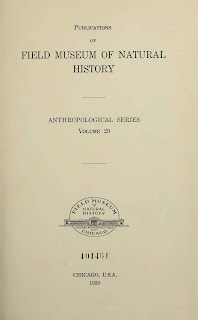The Turkish population of Southern
Azerbaijan
Turki, who form the entire population of Garmarud and
Khalkhal in Azerbaijan, Khamseh, and of Lower Tarum, together with other
sections of Kazvin province roughly west of a line drawn from Manjil to
Siadehan and northwest of the Siadehan-Hamadan road. Southeast of this road and
southwest of a line from Siadehan to Robat Karim, including Kharaqan, there is
an admixture of Farsi, but Turki predominates. The town of Save is, however,
wholly Farsi, although villages within a few miles of it are Turki. About
one-third of the population of Kazvin and a smaller part of the population of
Tehran are Turki. In the strip between the base of the Elburz and a line drawn
from Siadehan to Robat Karim, i.e. intermediate between the Farsi and Turki
areas, and in Veramin and Khar southeast of Tehran, Turkis are found mixed with
Farsis in many villages. The Farsis, the original inhabitants, are more
numerous. The Turki element is usually descended from tribes which have come
and settled among them.
The Turki peoples are the descendants of hordes from
Central Asia, particularly of the Ghuzz tribes, who invaded Iran during the
Seljuk period in the eleventh and twelfth centuries. The Seljuks were followed
by the Mongols and the rule of the Mongol Il Khans of Iran, who had their
capitals at Maragheh, Tabriz, and Sultaniyeh1 near Zanjan.
According to a strong local tradition the ancestors of
the Khalej and Baiat Turks in the Saveh district came to these regions with the
armies of the Mongol conqueror Tamerlane (Timur) at the end of the fourteenth
century.
Two theories, however, exist as to the origin of the
present Turki population: that they are descended from these Turks and Mongols;
and that they are the offspring of the original inhabitants on whom the
invaders imposed their language.
Apart from the dissimilarity in language the great
difference in mental and physical characteristics between Turkis and Farsis
suggests that there must at least be a considerable admixture of different
blood in the former. These regions were devastated and depopulated by the
invasions and probably the surviving remnants of the original population
intermarried and were absorbed with their conquerors.
Turki landowners and peasantry alike are of good
physique, with broader faces and heavier build than the Farsi.
Turki is the only language of the northern Turki
districts and no Farsi spoken or understood except by the upper class and a
small proportion of the population of Zenjan. Farther south, where the
population becomes mixed, some Farsi is also understood, but it is more usual
to find a Farsi with a knowledge of Turki than vice versa. The Turki of these
parts differs considerably from Ottoman Turkish, and there is also some variation
between the Turki of Azerbaijan and the Turki of the districts around Saveh.
1 At Sultaniyeh are ruins of the mausoleum of
Khudabanda, the Il Khan, who founded this city in A.D. 1305.
Henry Field, Contributions to the Anthropology of Iran //
Anthropological Series of the Field Museum of Natural History. Vol. 29. ―
Chicago: Field Museum Press, 1939, pp. 165―166.

Comments
Post a Comment